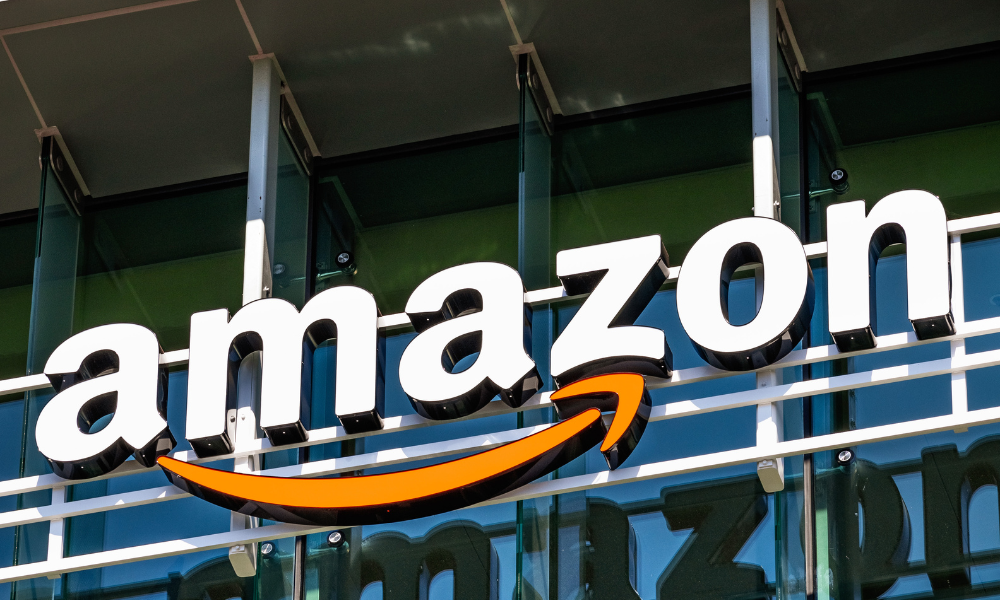
New generative AI model also launched to boost robot fleet's travel time

Amazon has officially deployed its one millionth robot, the company announced on Monday, as it also launches a new generative AI model to improve its robot fleet's travel efficiency.
The e-commerce giant announced that it recently delivered its one millionth robot to a fulfilment centre in Japan.
"We've just deployed our one millionth robot, building on our position as the world's largest manufacturer and operator of mobile robotics," said Scott Dresser, VP, Amazon Robotics, in a statement.
The milestone robot joins Amazon's fleet of robotics, which includes the recently introduced Vulcan, a robot with a sense of touch and speeds comparable to the company's frontline staff.
"I've had the privilege of watching our robotics journey unfold from the early days. We started in 2012 with a single type of robot that could move inventory shelves across warehouse floors," Dresser said.
"Today, we operate a diverse fleet of robots, designed to make our employees' jobs easier and safer, and our operations more efficient."
Meanwhile, Dresser also unveiled a new generative AI foundation model called DeepFleet, which coordinates the movement of Amazon's robot fleets across fulfilment networks.
"[This improves] the travel time of our robotic fleet by 10% while enabling us to deliver packages to customers faster and at lower costs," he said.
According to Dresser, DeepFleet is built with extensive data sets of inventory movement within its sites to reduce congestion and introduce more efficient paths for their robots.
"This is how we're making generative AI work in the real world, delivering concrete value for both employees and customers," Dresser said.
Amazon's major milestones in robotics come as the global average of robot density hit a record 162 units per 10,000 employees in 2023, according to the International Federation of Robotics.
This is more than double the global average measured seven years ago, and has triggered concerns that robots will eventually replace employees.
At Amazon, Dresser said that robots work alongside employees, who are granted opportunities to develop technical skills.
"I'm particularly proud that since 2019, we've helped upskill more than 700,000 employees through various training initiatives, many focused on working with advanced technologies," he said.
He added that their fulfilment centre in Louisiana, launched late last year, also required 30% more employees in various roles for advanced robotics.
But the implementation of AI tools may tell a different story, as CEO Andy Jassy previously said he expects the organisation's workforce to go down as the company rolls out more generative AI tools and agents.
"We will need fewer people doing some of the jobs that are being done today, and more people doing other types of jobs," Jassy previously said.
"It's hard to know exactly where this nets out over time, but in the next few years, we expect that this will reduce our total corporate workforce as we get efficiency gains from using AI extensively across the company."